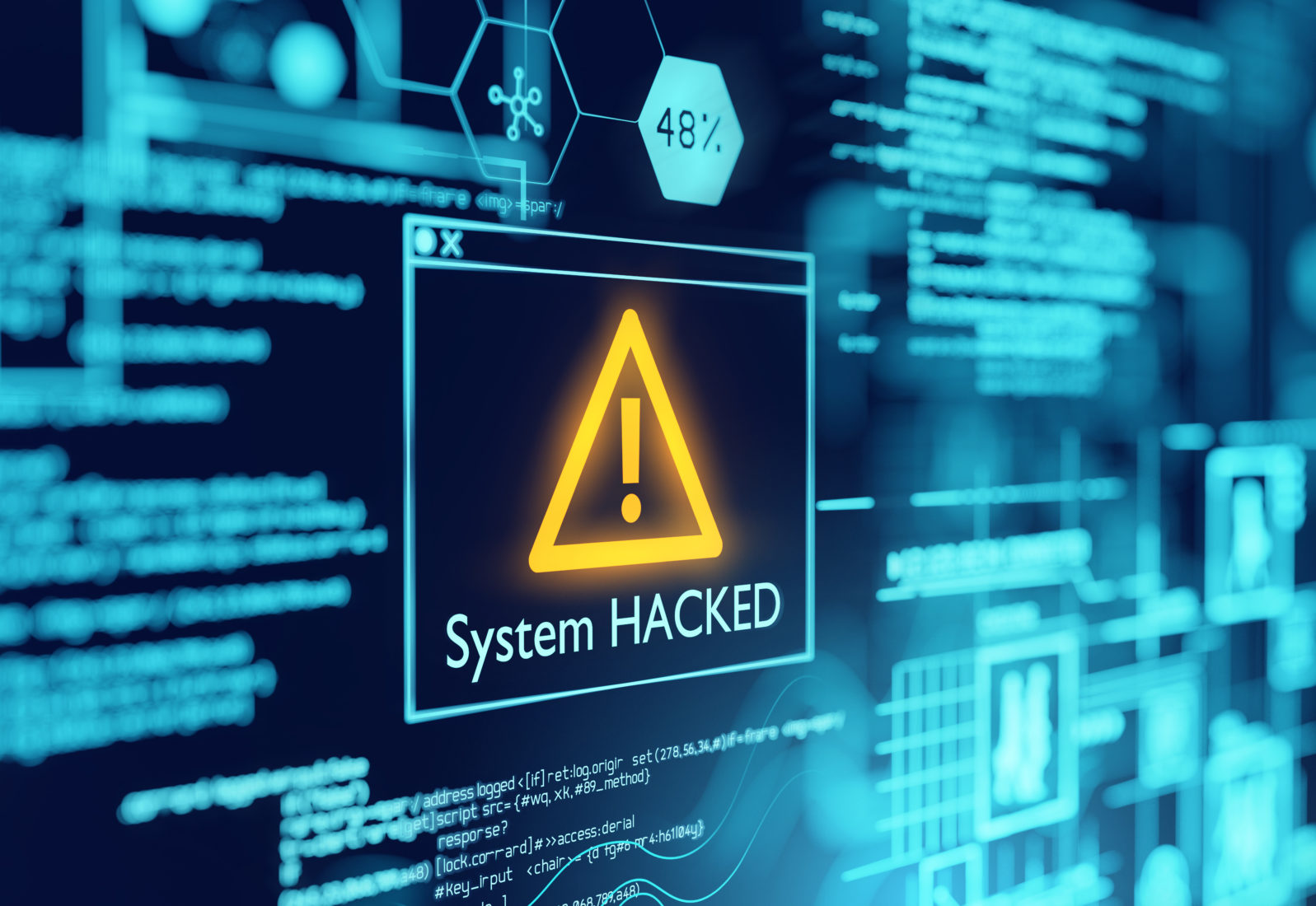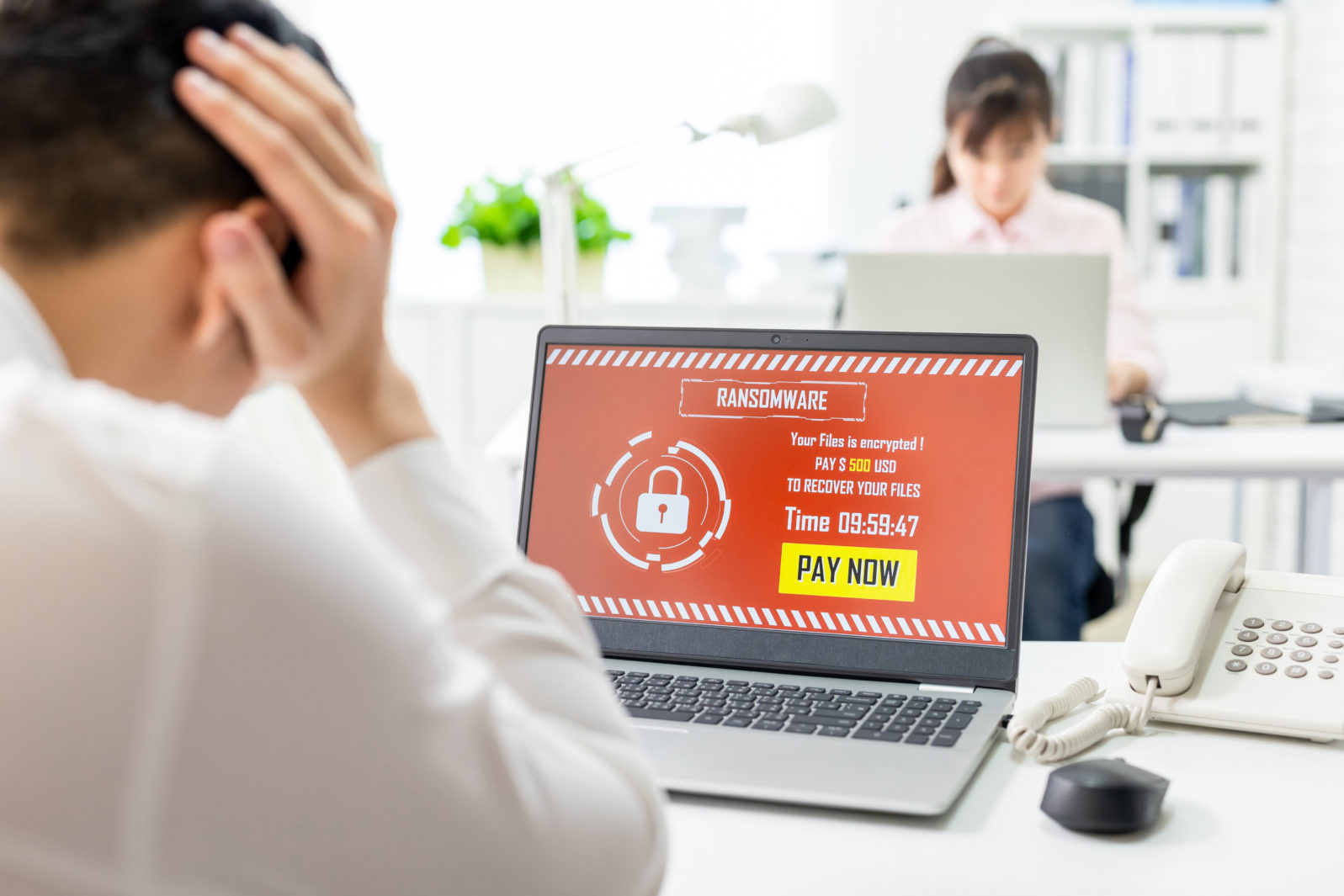Ingredients That Cybersecurity Needs To Actually Work
Software makers continue to produce open data as if we were still living in the 50s, and the Internet had never been invented.Veteran software developer David A. Kruger offered some thoughts on computer security recently at Expensivity and we appreciate the opportunity to republish them here as a series. Yesterday’s discussion made the point that the hacker’s target isn’t networks, computers, or users; they are just pathways to the target —gaining control of data is the target. Today, we look at the ingredients that cybersecurity needs to work.
Necessary Ingredients

Data in this context is digitized information. Digital information is physical, as in, it’s governed by the laws of physics. Data is the result of software converting (digitizing) human usable information into patterns of ones and zeros that are applied to “quantum small” physical substrates: microscopic transistors, electrical pulses, light, radio waves, magnetized particles, or pits on a CD/DVD.
The nomenclature can be a bit confusing. Files, streams, centralized databases, decentralized databases (blockchains), and software are all forms of digitized information. Software (or “applications”) is the generic name we give to digitized information that performs work on other kinds of digitized information. The digitized information that software performs work on, that is, it creates, processes, stores, and transports, is generically referred to simply as data. Software is accurately understood as a manufacturing process because it is a physical mechanism that creates data, uses data as a feedstock to produce new data, and manages data in storage and shipment.
It is important to note, especially when we get to cybersecurity policy in Part Two of this article, that human beings, contracts, laws, regulations, treaties, righteous indignation, and wishful thinking can’t directly control data—software, and only software, can do that.
Key Point: It’s impossible for human beings to directly control the creation, use, storage, and transport of data, only software can do that. Therefore, to be effective, policy must be enforced by software.
Once Upon a Time
When information was first digitized in the early 1950s, the community of people with computers was tiny, known to each other, and most had security clearances. Security was not an operating condition that software makers had to compensate for in their design. Consequently, data was designed with only two components: digitized information (the “payload”) and metadata (information about the payload)—a name and physical address, so software could retrieve existing data and work on it. This two-component data format is intentionally open, that is, it is inherently accessible. That’s a mouthful, so we’ll give the two-component data format a simple name: “open data.”

Fast forward to the Internet. Suddenly, n number of copies of open data can be made and transported anywhere by anyone at any time, processed by any compatible instance of software installed on any device, and every one of those copies is also inherently accessible because the data is open. Open data has no attributes that support constraining who, on what devices, when, for how long, where, or for what purposes it can be used, and no attributes that support tracking, managing, or revoking access once it has been shared. There are also no attributes in open data that support knowing who the data belongs to, what its purpose is, where it’s going, or where it’s been. The original instance and every single copy of open data in storage and in transport is inherently accessible and therefore, available for cyberattackers to control.
Not only can a cyberattacker in control of open data do whatever they want to with it, there is no way to see what they are doing with it or stopping them from doing it.
Key Point: The form of data is as software makes it to be.
Key Point: With exceedingly rare exception, software still produces open data by default—and therein lies the fundamental technology problem.
It’s no coincidence that the first recorded use of the word cybersecurity was in 1989, the year the commercial Internet was born.
Clear and Present Danger
Open data is inherently hazardous. A hazard is any physical thing or condition that has the potential to do harm. Harm can be physical, emotional, or financial. Data isn’t generally understood to be a physical hazard akin to a toxic chemical or a faulty bridge over a deep gorge because humans aren’t able to directly perceive data, manipulate it, or assess its condition. However, when quantifying how hazardous a thing is, the form and size of the thing or how it operates is irrelevant.
Key Point: The sole determiner of how hazardous a thing is the harm it causes when it’s not adequately controlled.
By the normal definitions of hazardous and harmful, can there be any doubt that open data is hazardous and when cyberattackers gain control of it, it’s harmful?
- Is open data under the control of cyberattackers doing hundreds of billions of dollars of financial harm every year? Yes.
- Is it causing human beings’ endless grief and misery? Yes.
- In an increasingly digitally controlled physical world, can open data inflict grievous bodily harm or death? Yes. In his book, “Click Here to Kill Everybody” world renowned cybersecurity expert Bruce Schneier summarizes potential physical harms this way:
“The risks of an Internet that affects the world in a direct physical manner are increasingly catastrophic. Today’s threats include the possibility of hackers remotely crashing airplanes, disabling cars, and tinkering with medical devices to murder people. We’re worried about being GPS-hacked to misdirect global shipping and about counts from electronic voting booths being manipulated to throw elections. With smart homes, attacks can mean property damage. With banks, they can mean economic chaos. With power plants, they can mean blackouts. With waste treatment plants, they can mean toxic spills. With cars, planes, and medical devices, they can mean death. With terrorists and nation-states, the security of entire economies and nations could be at stake.”
Key Point: Given its vast destructive potential, open data may be the most hazardous thing mankind has ever created.
Lesson Learned 3 states “It is axiomatic that neglecting to compensate for a known operating condition in the design is nearly always the root cause.” What missing known operating condition has been neglected? Continuous unrelenting cyberattack. Yet software makers continue to produce open data as if we were still living in the 50s, and the Internet had never been invented.
So, what is the root cause of cybersecurity failure?
Key Point: The root cause is software makers’ neglecting to incorporate a known operating condition, continuous unrelenting cyberattack, into to the design of data and the software that makes and manages it.
Key Point: The root cause is not cyberattackers; they are merely opportunists taking advantage of software makers’ neglect.
Lesson Learned 4: To fix the root cause, a redesign compensating for the overlooked operating condition is required.
Now that we have identified the root cause, we can formulate the top-level engineering requirements needed to fix the problem:
- Conditions
- Data is hazardous
- Cyberattack is continuous and unrelenting
- Harm is done when cyberattackers take control of data
- Needs
- Data owner’s shall be able to control their data
- From the moment it’s created until the moment it’s destroyed
- Whether it’s shared or unshared
- Whether it’s the original or a copy
- When it’s in storage, in transit, or in use
- Data owner’s shall be able to control their data
- Goals
- The solution shall be least cost and least time to implement
Safety Notice
Notice that even though the topic is cybersecurity, the conversation has shifted towards safety. Safety is the more appropriate way to frame the engineering and policy-making tasks at hand. Safety and security overlap, but security is reactive; it is oriented towards repelling attacks by erecting defenses. Safety is proactive; it is oriented towards preventing harm by containing and controlling hazards. Safety is the ounce of prevention; security is the pound of cure.
Next: Put a lid on the risks
Here are all thirteen segments in the series:
The true cause of cybersecurity failure and how to fix it Hint: The cause and fix are not what you think. David A. Kruger, a member of the Forbes Technology Council, says it’s getting worse: We’re in a hole so stop digging! Get back to root cause analysis.
What’s wrong with cybersecurity technology? Know your enemy: The target isn’t networks, computers, or users; they are pathways to the target —gaining control of data. The challenge: If a cyberdefender scores 1,000,000 and a cyberattacker scores 1, the cyberattacker wins, David Kruger points out.
Ingredients that cybersecurity needs to actually work Software makers continue to produce open data as if we were still living in the 50s, and the Internet had never been invented. Forbes Council’s David Kruger says, the goal should be safety (preventing harm) rather than, as so often now, security (reacting to hacks with new defenses).
Cybersecurity: Put a lid on the risks. We already own the lid. Security specialist David Kruger says, data must be contained when it is in storage and transit and controlled when it is in use. Cyberattackers are not the problem; sloppy methods are. We must solve the problem we created one piece of data or software at a time.
The sweet science of agile software development Effective security, as opposed to partial security, increases costs in the short run but decreases them in the long run. Software veteran: Getting makers to change their priorities to safer products safe rather than the next cool new feature will by no means be easy.
Computer safety expert: Start helping ruin cybercriminals’ lives. Okay, their businesses. Unfortunately, part of the problem is the design of programs, written with the best of intentions… First, we must confront the fact that software makers are not often held responsible for the built-in flaws of their systems.
The cybercriminal isn’t necessarily who you think… Chances are, the “human data collector” is just someone who works for a company that makes money collecting data about you. Did you know that his bosses have paid gazillions in fines for what he and his fellows do? Let’s learn more about what they are up to.
Sometimes, money really is the explanation. Today’s internet is a concentration of power, in terms of information, never before seen in history. The HDCs (human data collectors) treat us as guinea pigs in a thoroughly unethical experiment designed to learn how to manipulate the user most effectively.
How search engine results can be distorted Search providers such as Google are able to increase their ad revenues by distorting the search results delivered to users. Human data collectors (HDCs) have been able to evade responsibility for the preventable harms they cause by blame shifting and transferring risk to users.
How online human data collectors get free from responsibility Cybersecurity expert David A. Kruger talks about the Brave Old World in which you have much less power than Big Tech does. For Big Tech, government fines and other censures are merely a cost of doing business, which makes reform difficult at best.
Cybersecurity: Why a poke in the eye does not work. The current system punishes small businesses for data breaches they could not have prevented. Computer security expert David Kruger says the current system makes as much sense as fining the hit and run victim for not jumping out of the way.
Is your data about yourself too complex for you to manage? That’s the argument human data collectors (HDCs) make for why they should be allowed to collect and own your data. Policymakers should declare that human data is the property of the individual, not of the data collector, computer security expert David Kruger argues.
and
How software makers will push back against reforms Software makers will grumble but insurers may force their hand. That, however, is NOT the Big Battle… the Big Battle: Wall Street will oppose reforms that restore control to you because the market cap of Big Tech depends on human data collection.
